|
One in 10 Lebanon County residents faces food insecurity. This means that nearly 14,000 individuals do not have certain access to adequate food throughout the year. That’s according to the latest Hunger Mapping project, an in-depth look at food insecurity in Lebanon County conducted by the Central Pennsylvania Food Bank. The report will help assist in improving access to charitable food, better understanding of the causes of food insecurity in Lebanon County, and ultimately working to end hunger across the county. Related Health, community, will play critical role in noon meal's future The report comes at a critical time. Extra food assistance benefits put into place during the pandemic ended in March. Recipients of the Supplemental Nutrition Assistance Program (SNAP), formerly known as food stamps, will no longer see a second payment, known as the emergency allotment, in their accounts. Food insecurity is expected to continue rising. The perfect storm of inflation and SNAP cuts will likely put increased pressure on local food banks and pantries such as Lebanon County Christian Ministries. The projected average per person loss in SNAP benefits per month is $104 in Lebanon County. Here are 5 highlights from the Hunger Mapping report in Lebanon County that you should know. Read the full Hunger Mapping Interim report here.
1. Lebanon County has an overall food insecurity rate of 9.8%- Hunger Mapping Interim Report, January 2023/ Central Pennsylvania Food Bank Lebanon County has an overall food insecurity rate of 9.8%, with 13,750 food insecure individuals. The City of Lebanon, however, has just 18% of the population, but is home to 39% of all food insecure individuals. In particular, the northwest part of the city is experiencing food insecurity rates of over 20% while the southwest part of the city has rates between 16-20%. 2. Children are 71% more likely to be food insecure than adults in Lebanon County- Hunger Mapping Interim Report, January 2023/ Central Pennsylvania Food Bank Lebanon County has a low food insecurity rate compared to Pennsylvania as a whole (9.8% vs. 10.7%), but its disparity in food insecurity rates between adults and children is among the highest in the state. Children are 71% more likely to be food insecure than adults in Lebanon County, with a food insecurity rate of 14.4% compared to just 8.4% of adults. This is the 14th highest age disparity among all 67 counties in the state, indicating that child food insecurity is a unique challenge in Lebanon County. The issue of childhood poverty and food insecurity is especially pronounced in Lebanon City. Child poverty is the main differentiating factor between high food insecurity and moderate and low food insecurity areas, with child poverty in high food insecurity areas an astounding 39%. 3. Half of Lebanon city households qualify for federal and state-funded charitable food- Hunger Mapping Interim Report, January 2023/ Central Pennsylvania Food Bank About 25% of all Lebanon County households have incomes below 185% of the Federal Poverty Line (FPL) (total annual income of $51,338 for a household of 4). This means these households are eligible for federal and state-funded charitable food. A staggering 50% of Lebanon City’s population (over 12,500 residents) has incomes below 185% FPL. - Hunger Mapping Interim Report, January 2023/ Central Pennsylvania Food Bank 11% of households in Lebanon County live paycheck to paycheck but do not qualify for state-funded charitable foodJust over 6,000 households (11% of all households) defined by the United Way as ALICE (Asset-limited, income-constrained, employed) do not qualify for state-funded charitable food in Lebanon County. These households live paycheck to paycheck and may need to access charitable food to make ends meet. The report suggests efforts should be made to ensure that privately funded programs are accessible. - Hunger Mapping Interim Report, January 2023/ Central Pennsylvania Food Bank Over 12% of Lebanon County residents participate in SNAPA total of 17,681 individuals, or approximately 12.3% of the total Lebanon County population, participated in SNAP as of November 2022. This is nearly equal to the pandemic peak of 17,715 in May 2020 and just below the all-time peak of 17,920 individuals at the height of the Great Recession in November 2012. Lebanon County specifically is in the top half of SNAP participation rates in the state – ranked 26th out of 67 counties in Pennsylvania with a family SNAP participation rate of 93%. Palmyra Borough, however, has the largest SNAP participation gap in Lebanon County, with over 1,500 individuals likely eligible but not participating in SNAP. Census tract level analysis reveals these gaps are concentrated in South Londonderry Township and the northern portion of Palmyra. Read the full report
4 Comments
7/27/2023 09:08:47 am
Your article sparked a new perspective in my mind. If you're open to exploring even more innovative ideas, <a href="https://kitchnrecipesfresh.blogspot.com/" target="_blank">click here</a> for cutting-edge research on the subject.
Reply
Noah Blenman
8/18/2023 08:16:49 am
Introducing the "Ultimate Keto Meal Plan" – Your Path to Healthier Living!
Reply
Lina
9/1/2023 08:09:04 am
I found this blog post to be highly informative. For a more comprehensive understanding, <a href="https://www.digistore24.com/redir/434557/Kamalsrivastava/" target="_blank">click here</a> to access supplementary resources.
Reply
James
2/11/2024 12:01:18 am
Indulge in the abundance of plant-based goodness with our "300 Vegan/Plant-Based Recipe Cook Book" digital ebook.
Reply
Leave a Reply. |
Lebanon County Christian MinistriesArchives
July 2024
Categories |
||||||
Call Us:
Email Us:

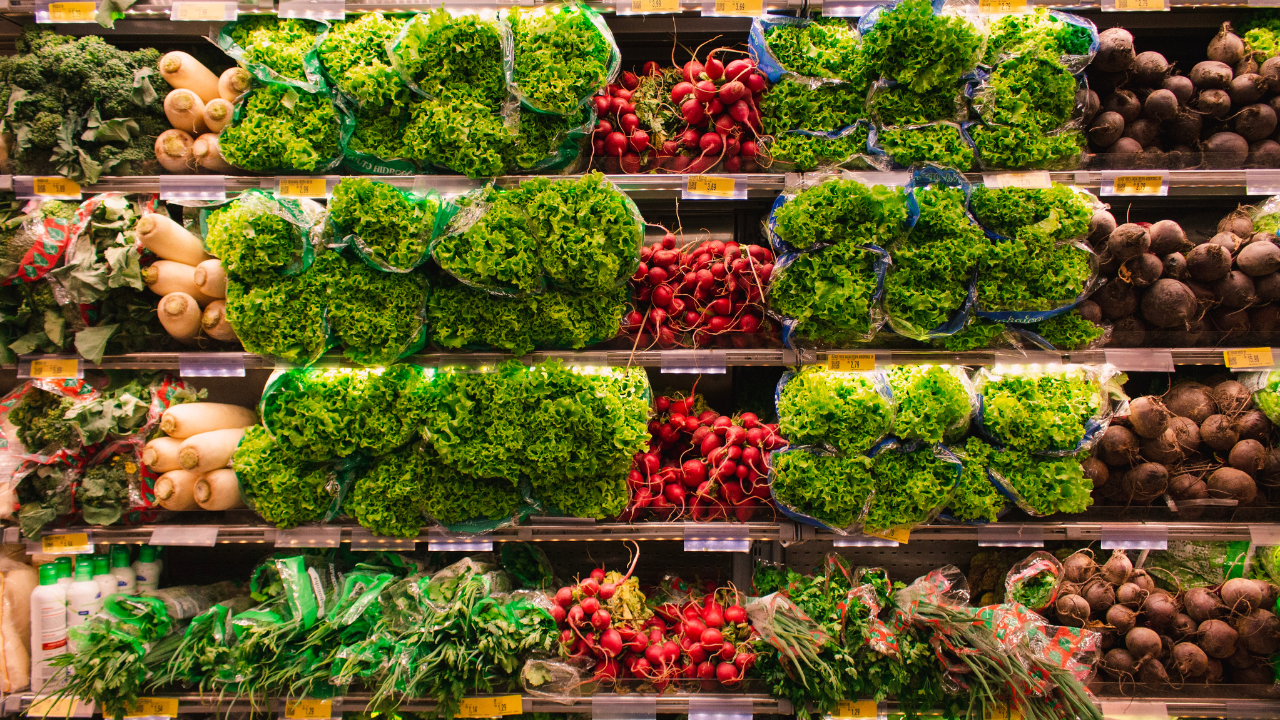
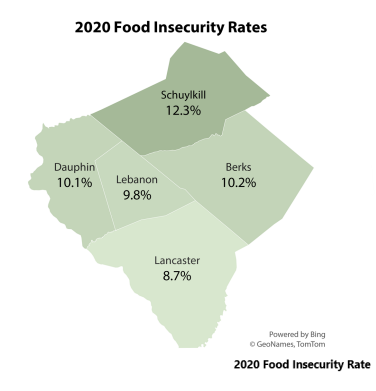
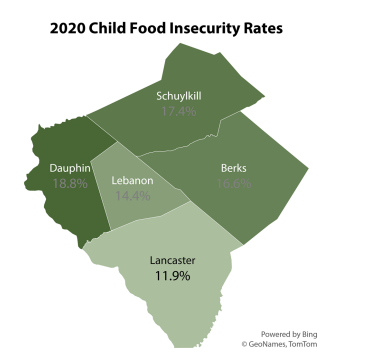
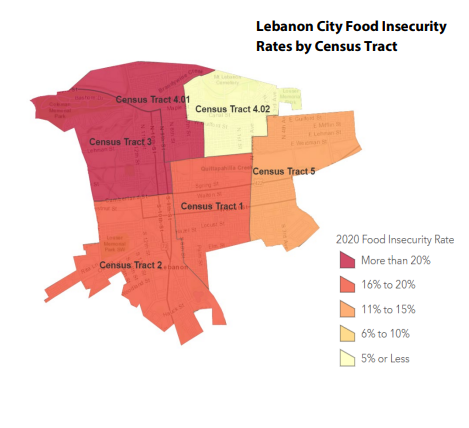
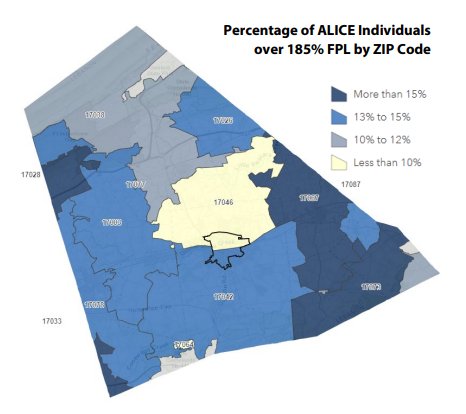
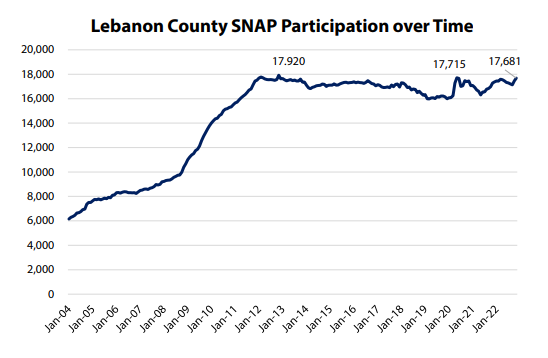
 RSS Feed
RSS Feed